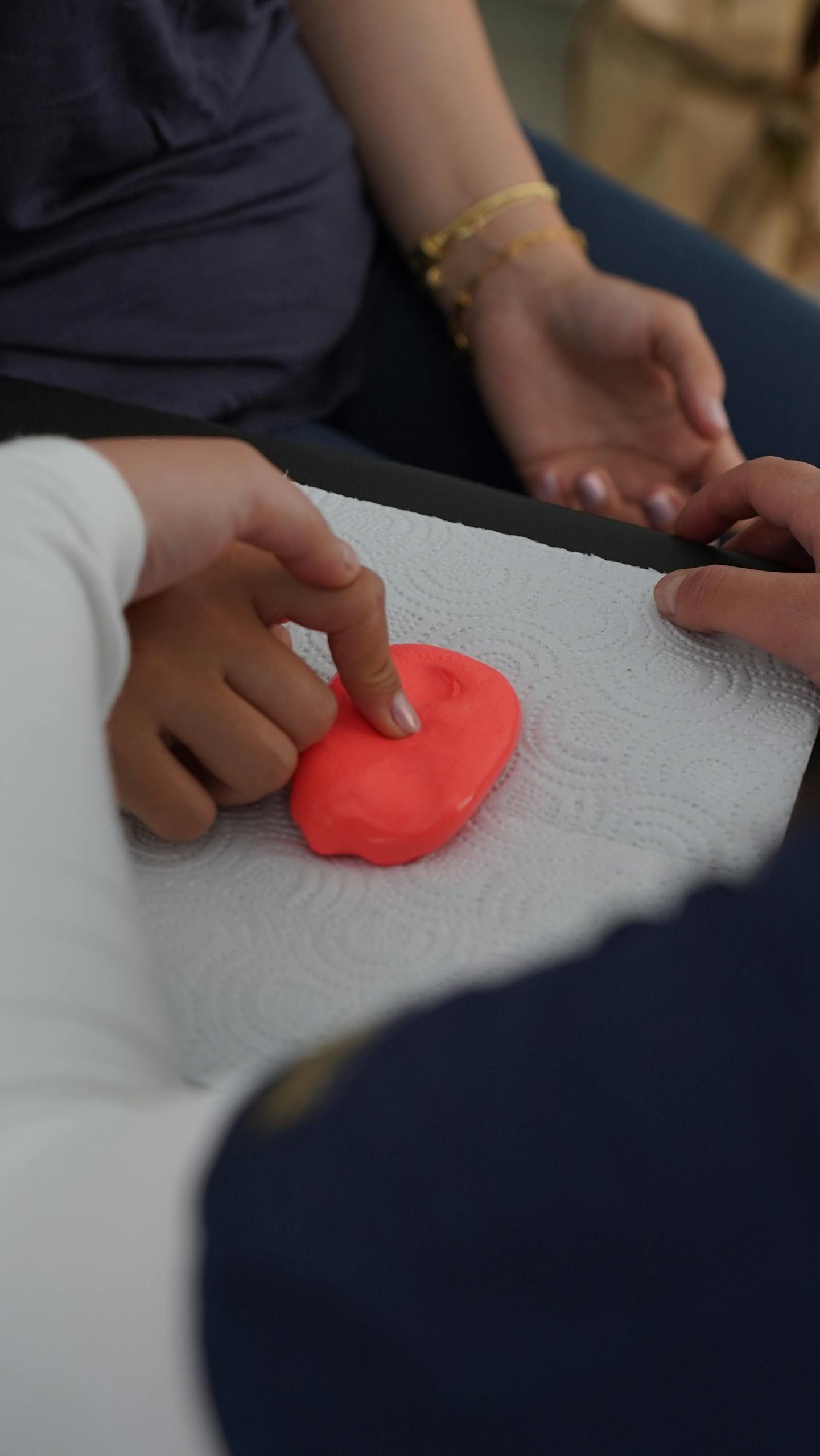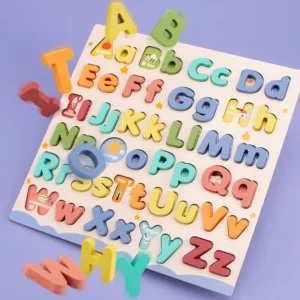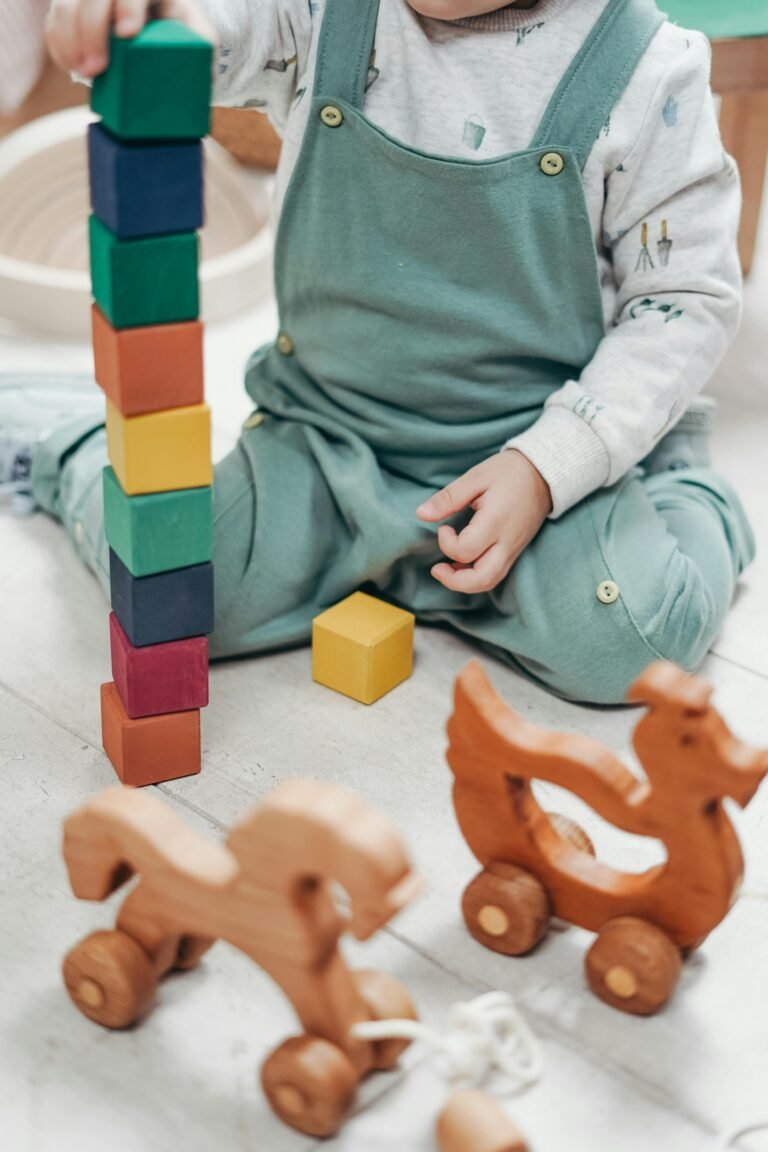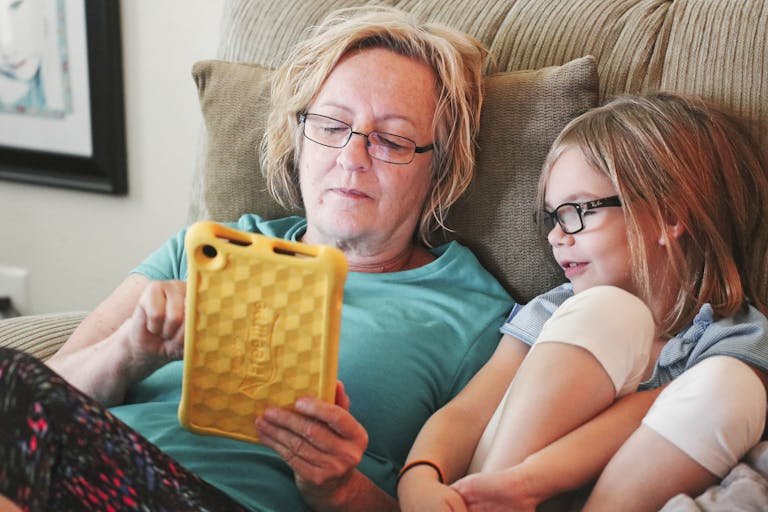
Okay, let’s get those little hands moving and minds connecting! We’re diving into a topic that’s close to the hearts of many parents and therapists: boosting fine motor skills in fun, engaging ways. You know Playdough, right? That classic, colorful dough is a champion in the world of tactile play. But the universe of squishy, stretchy, and textured fun is vast, and it’s packed with potential for developing those crucial fine motor skills, especially for our amazing neurodiverse kids.
Imagine turning simple playtime with squishy toys, fascinating jelly textures, or even the ever-popular slime into powerful moments for strengthening tiny fingers and building incredible connections. As an RBT, I’ve seen firsthand how these seemingly simple tools can be game-changers. If you’re a parent or a fellow behavior therapist, you’re constantly seeking effective, joy-filled strategies. Guess what? Some of the best ones are probably already in your toy box!
This isn’t just about keeping hands busy; it’s about strategically nurturing development. Let’s explore how these tactile treasures can significantly enhance fine motor skills and open up new avenues for communication and learning.
What Exactly Are Fine Motor Skills, and Why Are They a Big Deal?
Before we jump into the squishy-stretchy goodness, let’s get on the same page about fine motor skills. These are the small, precise movements our hands, fingers, and wrists make. Think about buttoning a shirt, holding a crayon, using a fork, zipping up a jacket, or even typing on a tablet. These actions might seem simple to us, but they are complex skills that children develop over time.
For many children, especially neurodiverse learners, mastering these fine motor skills can take extra practice and tailored support. Developing strong fine motor skills is fundamental for:
- Independence in Daily Living: Dressing, eating, grooming.
- Academic Success: Writing, drawing, cutting with scissors, using a computer.
- Play and Leisure: Building with blocks, completing puzzles, playing musical instruments.
Strong fine motor skills empower children, boosting their confidence and ability to interact with the world around them.
The Tactile Toolbox: Your Allies in Developing Fine Motor Skills
This is where the fun stuff comes in! Tactile tools like Playdough, squishy toys, jelly textures, and slime are more than just playthings; they are powerhouse developers of fine motor skills. Each material offers a unique sensory experience and encourages different types of hand and finger movements, providing a fantastic and varied workout for those essential small muscles.
Playdough: The Classic Fine Motor Skill Builder
Playdough is a versatile hero for developing fine motor skills.
- Squeezing: Builds overall hand strength.
- Rolling (into balls or snakes): Develops bilateral coordination (using both hands together) and palm arches.
- Pinching (small pieces): Strengthens the pincer grasp, crucial for holding pencils and small objects.
- Pressing/Flattening: Works on hand and finger strength.
- Using tools (like cookie cutters or plastic knives): Enhances tool use, hand-eye coordination, and more refined fine motor skills.
Squishy Toys & Jelly Textures: Squeezing for Strength and Dexterity
These offer a different kind of tactile input and are great for specific fine motor skills:
- Sustained Squeezing: Builds grip strength and endurance.
- Poking: Encourages finger isolation, an important component of fine motor skills.
- Gentle Manipulation: Helps with grading of movement (how much force to use).
- Varied Resistances: Different toys offer different levels of challenge, progressively building fine motor skills.
Slime: Stretching and Poking Towards Fine Motor Precision
Slime, with its unique properties, is excellent for a range of fine motor skills:
- Pulling and Stretching: Works different muscle groups in the hands and fingers, and encourages bilateral coordination.
- Pinching off pieces: Refines pincer grasp and control.
- Poking and Squishing: Promotes finger isolation and tactile exploration, key for developing fine motor skills.
- Embedding and Retrieving Small Objects: Fantastic for pincer grasp and in-hand manipulation.
Every time a child engages with these materials – squeezing, rolling, pinching, pulling, poking, or flattening – they’re not just playing; they’re giving their hand and finger muscles a brilliant workout. It’s like a mini gym session for their fine motor skills, cleverly disguised as fun! This strengthening and improved control forms the bedrock for so many other essential abilities.
Beyond Busy Hands: How Playing Together Unlocks Fine Motor Potential and More!
Okay, here’s where we amplify the benefits, especially for our neurodiverse children. Leaving a child to explore these materials independently has its merits for sensory input and developing some fine motor skills. But the real magic? That happens when you – parent, therapist, caregiver – get down on the floor and play with them.
From an Applied Behavior Analysis (ABA) perspective, this shared playtime is golden. It transforms a simple activity into a rich, dynamic learning environment, turbocharging the development of fine motor skills and so much more:
- Joint Attention: This is when you and the child are focused on the same thing. “Wow, look how you’re rolling that Playdough!” or “Can you stretch the slime with me?” This shared focus is a foundational skill for learning.
- Communication Galore: Playing together creates tons of natural opportunities for the child to:
- Mand (Request): “More slime, please,” “Help me squeeze,” “Want blue Playdough.”
- Tact (Label): “It’s sticky!” “Soft ball,” “I made a snake.”
- Intraverbal (Converse): Commenting on what they’re doing (“I’m poking it!”), or what you’re doing. You become the engaged listener, reinforcing their attempts to communicate while they practice their fine motor skills.
- Modeling and Imitation: You can show them new ways to play and use their hands. “Watch me pinch off a tiny piece,” or “Let’s try squishing it flat like a pancake.” They get to imitate your actions, learning new fine motor skills and creative ways to interact with the materials.
- Natural Reinforcement: Your praise (“Great job squeezing so hard!”), shared excitement (“We stretched it so far!”), or even just the fun of playing together makes the effort of using those little muscles feel worthwhile. This positive reinforcement makes them more likely to keep practicing those fine motor skills.
- Building Rapport: This is huge! Shared, joyful experiences build trust and strengthen your connection. A strong rapport is the bedrock of any effective teaching or therapeutic relationship.
It’s not about taking over their play. It’s about being a co-explorer, a play partner. Your engagement makes the activity more valuable, more reinforcing, and exponentially increases the chances for learning, communication, and, of course, supercharging those fine motor skills.
Let’s Get Practical: Fun Activities to Boost Fine Motor Skills
Ready to get your hands a little messy and build some serious fine motor skills? Here are a few ideas, easily adaptable to the child’s interests, current abilities, and sensory preferences.
The “Fine Motor” Squeeze Challenge (Squishies/Playdough)
- Focus Skill: Hand strength, sustained grip, pincer grasp.
- How to Play:
- Grab a squishy toy or a ball of Playdough. “Ready, set, squeeze!”
- Hold the squeeze and count. “Can you squeeze it while we count to five?”
- Try picking up small Playdough pieces with just the thumb and forefinger (pincer grasp).
- Compare different resistances of squishy toys or Playdough.
- Communication Prompts: “Squeeze!”, “Hold tight!”, “Hard or soft?”, “My turn, your turn,” counting.
Slime Adventures for Finger Dexterity (Slime)
- Focus Skill: Pulling, stretching, finger isolation, pincer grasp, bilateral coordination.
- How to Play:
- Take a piece of slime. “Let’s see how long we can stretch it!” (Encourage using both hands).
- “Can you poke holes in it with one finger?” (Finger isolation).
- “Let’s try to pinch off tiny ‘raindrops’ of slime.” (Pincer grasp).
- Communication Prompts: “Stretch!”, “Pull!”, “Snap!”, “Sticky,” “Gooey,” “Long,” “Short,” “Poke.”
Hidden Treasures: A Fine Motor Discovery Game (Playdough/Slime/Squishies)
- Focus Skill: Pincer grasp, finger isolation, tactile discrimination, in-hand manipulation.
- How to Play:
- Hide small, safe objects (like plastic beads, small animal figures, or even buttons – always supervise closely!) inside a ball of Playdough or a blob of slime.
- For an extra challenge, use a translucent squishy toy if possible, or hide a small toy under a flattened piece of Playdough.
- “Can you find the hidden star?” “Use your strong fingers to dig it out!”
- Communication Prompts: “Find the [object]!”, “What did you find?”, “Is it hard or soft?”, “Dig, dig, dig!”, “Open your hand.”
Creative Critters: Sculpting Fine Motor Abilities (Playdough/Slime with additions
Always remember to start simple. Your enthusiastic participation and reinforcement for their effort, communication, and developing fine motor skills are key! Gradually increase the complexity as they become more comfortable and skilled.
And hey, if you’re feeling adventurous and want to make your own tactile materials (which is a great fine motor skill activity in itself!), there are tons of simple recipes online for homemade playdough and slime!
Your Mini Sensory Experiment for Fine Motor Skill Observation!
Want to truly feel the difference engaged tactile play makes for developing fine motor skills? Try this little experiment this week:
- Choose: Pick one type of tactile material (Playdough, a specific squishy toy, or slime).
- Dedicate Time: Set aside just 10-15 minutes each day for three consecutive days.
- Engage: During this time, sit with the child and actively play using one or two of the ideas above. Your focus should be on the interaction, praising their efforts with their hands, the communication opportunities, and the shared fun.
Then, observe and reflect:
- Did you notice more attempts from the child to use their fingers in specific ways (pinching, poking, careful placing)?
- Were they trying new hand movements you modeled?
- Did they stay engaged with the material and the fine motor skill practice for longer periods because you were there?
- Did you hear more language or communication attempts related to the activity?
- How did you feel about these focused play sessions?
This isn’t about collecting formal data; it’s about personal observation. It’s a fantastic way to see firsthand how your presence and guidance can specifically target and enhance those vital fine motor skills, all while strengthening your bond.
Turning Play into a Treasury of Fine Motor Skills
Playdough, squishies, slime – these aren’t just distractions. When you engage and play together, these tactile tools transform into powerful catalysts for developing skills. They become golden opportunities to connect, communicate, teach, and learn side-by-side. You’re not just building hand strength; you’re building a foundation of physical dexterity, a treasury of shared moments, and a robust bond of trust, one squeeze, roll, or stretch at a time.
These interactive playtimes are genuinely invaluable. They strengthen hands and fingers, yes, but more profoundly, they strengthen relationships, build communication, and unlock doors to learning in so many other areas of life.
So, are you ready to get your hands wonderfully tactile and focus on those fine motor skills? Give these activities a whirl with a variety of materials. You’ll be amazed at the connections, skills, and joy you can sculpt, squish, and stretch into being!
What are your go-to interactive activities for boosting skills using Playdough, squishies, or slime? Share your brilliant ideas and experiences in the comments below! We can all learn from each other!
For more fine motor skill ideas, read: Building Skills and Connections, one bead at the time.

















